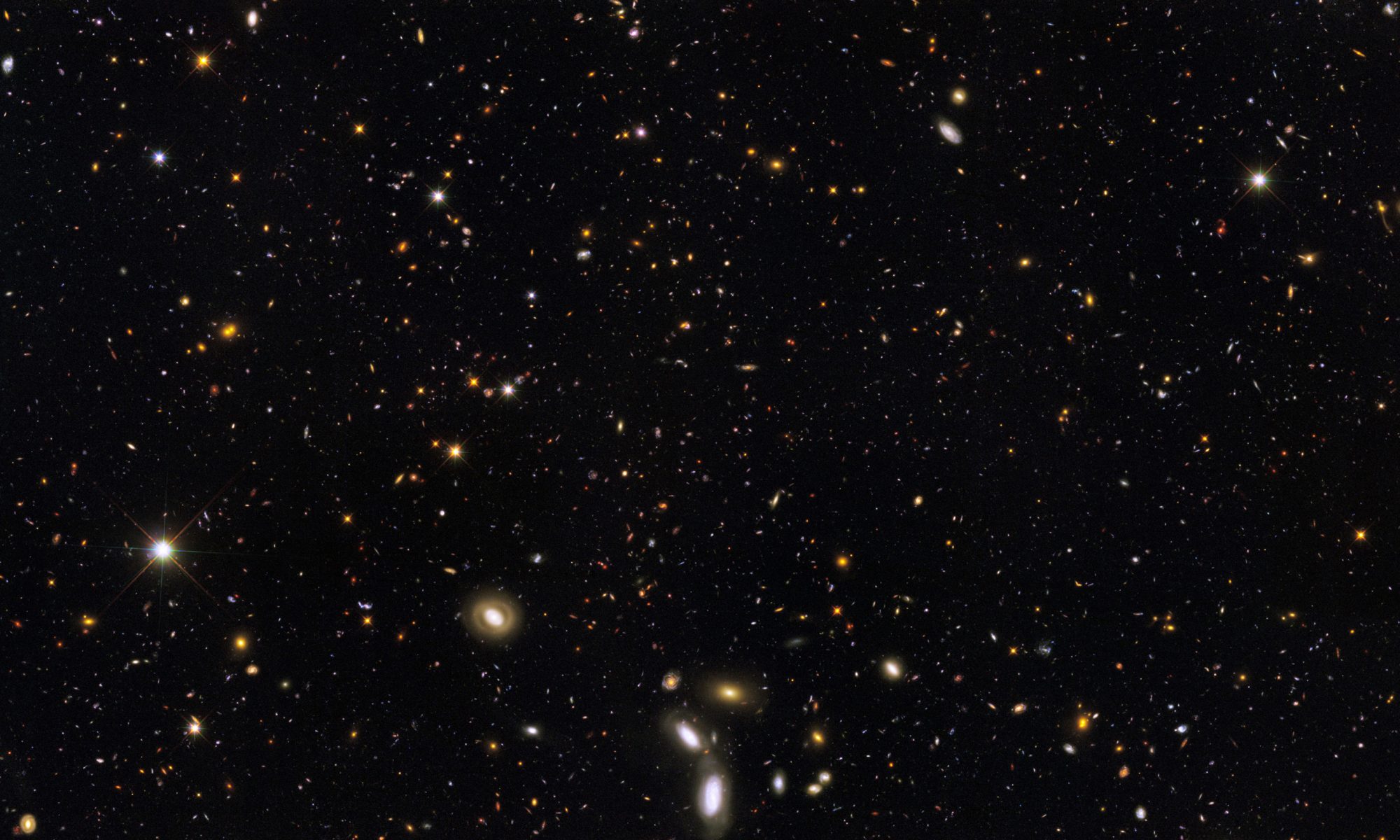Over at Pea River Journal:
http://peariverjournal.com/the-prints-project/
You should definitely check this out, very cool. And while you’re there, check out the upcoming issue and buy a copy 🙂

YAWB – Yet Another Writing Blog
Just another Poetry site
Over at Pea River Journal:
http://peariverjournal.com/the-prints-project/
You should definitely check this out, very cool. And while you’re there, check out the upcoming issue and buy a copy 🙂
Over the past year, most of my posts appeared either here or here. But now, I think, it is time to return to Poetic Idealism.
I would like to revisit the purpose behind Poetic Idealism. As I write on the about page,
criticism, reflection, and etc. about reading and writing poetry; sometimes social commentary creeps in; and every once in a while, I’ll post a (or part of a) poem here
and I think that covers the major purposes. Maybe I’ll begin posting rants here…
About three years ago, I attended the National Conference on Undergraduate Research, where I presented on the concept of using revision as an integral part of the creative process. I have come to view revision–my opinion has been revised–as even a primary source of creativity.
Over the past year, in particular, as I was working through the thesis project, revision was a primary mode of work. In one way, I felt a hole in that I was not creating any new poems. This however, was not really the case. Reflecting now, several months after the defense, I can see that both the work as a whole, and the individual poems, are substantially different. Of the initial chapbook-length collection I began the process with, only a few poems remain in the bound thesis, and most of those amount to completely different poems.
The revision process had, in other words, become the primary creative mode.
I wonder, and you may be wondering, the why and how of revision functioning as a primary creativity mode. I have three ideas about this:
Expect new entries soon on each of these topics.
Many of the readers who end up at this blog do so by searching Google with the phrase “idealism in poetry” or something similar. While I think the overall contents of the blog offer my thoughts on the topic, I am sure that many of these searchers are looking for research for their undergraduate or high school papers. This post will offer some reflection on the concept in general, but I would like to also point them toward the recently updated “plagiarism note” in the right column. Your teacher/professor will recognize a voice other than yours, and drop text into Google to figure out where it came from. Then you will fail the paper, if not the course. Be forewarned.
In the case of longer poems, movement control through image becomes a much more involved task. John Ashbery assumes this task in his long poem, “Self-Portrait in a Convex Mirror,” which reflects on Parmigianino’s painting of the same name. While the impetus for Ashbery’s poem is ekphrastic, and he returns often to this originating source, he eschews the traditional impulse to control the movement through narrative or language. Most longer poems rely on either narrative (as in epic poems), or rhythm/rhyme constructions (as in ballads) to control their movement. Ashbery, in contrast, uses image to control the movement of his poem. Because this method is non-linear and a-logical, teasing out the movement of the poem can become difficult, as has already been shown.
Continue reading “On the Control of Movement through Image, pt. 3”